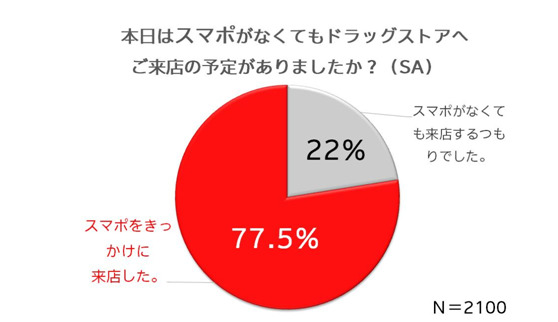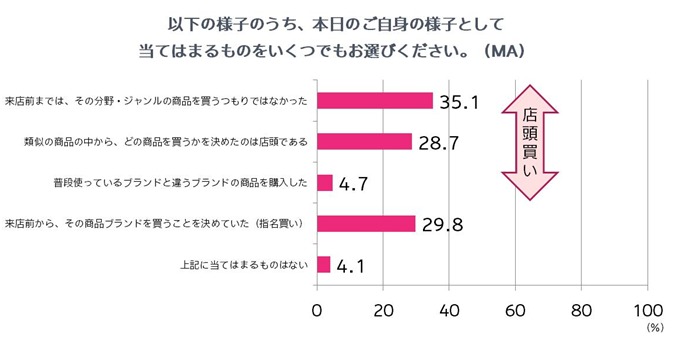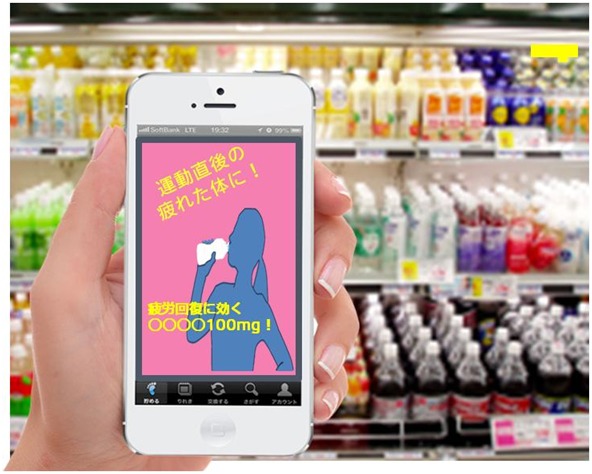This time, I'd like to talk about O2O. Various players are now emerging in the O2O space. Even companies that previously operated unrelated businesses are joining the O2O ranks by leveraging smartphones and big data. Among these companies, Dentsu Inc. formed a business alliance ( http://www.dentsu.co.jp/news/release/2013/pdf/2013080-0627.pdf ) last June with Spotlight Inc. (hereafter Spotlight), the company operating the O2O app "Sumapo." "Sumapo" is a pioneering O2O app that has rapidly grown to be adopted by over 1,000 stores.
For background on this business alliance, please refer to the article previously featured in "Toyo Keizai ONLINE" ( http://toyokeizai.net/articles/-/18812 ) or the book "O2O: Attract Customers with Big Data! The Frontline of Online-Offline Store Integration" (by Yumiko Matsuura: Heibonsha Shinsho).
How to Trigger Impulse Purchases
When consumers make targeted purchases, the store is often chosen based on price. Therefore, I believe the value of O2O lies in how effectively it can stimulate impulse buying. Furthermore, considering that once customers are drawn to a physical store, impulse purchases can be triggered through special sales, POP displays, digital signage, or free samples, I think it's more crucial to spark the impulse to visit the store itself.
The importance of this is evident from a recent survey conducted at a drugstore.
When we surveyed 2,100 users who checked in at the drugstore via Smapo about their reasons for visiting and purchasing experiences, a whopping 77.5% answered "Yes, Smapo prompted my visit" to the question: "Q: Would you have visited the drugstore today even without Smapo?" Furthermore, for health drinks and foods alone, about 20% of visitors made a purchase, and 57.6% of those purchases were "impulse buys"—decisions made at the store.


While this is partly due to the drugstore's product assortment, I believe this result clearly shows that once customers come into the store, the impulse purchase rate is high—meaning they are likely to pick up and buy something.
Building an O2O Business Ecosystem
Based on these findings, Dentsu Inc. and Spotlight have been discussing how to provide stimuli that trigger impulse buying at the pre-purchase contact points for visiting users, and are developing products accordingly.
The solution is called "Product Check-in."
A key feature of Smapo is its ultrasonic beacon system installed in stores. This system prevents check-ins unless users physically visit specific spots designated by the store. Leveraging this feature, we developed a mechanism where, for example, the "beverage section" is set as a check-in location. Users who check in at that spot receive information about specific beverage manufacturers. It truly embodies the concept of checking in to a product.

This mechanism creates an ecosystem with the following benefits for manufacturers, stores, and consumers:
・Stores can expect increased foot traffic funded by manufacturers' promotional budgets.
・Manufacturers can promote their products at prime contact points: directly in front of their product displays.
・Consumers gain access to more locations where they can accumulate points.
From O2O to OAO to Omnichannel
In the near future, we believe the current O2O concept will evolve into OAO (Online-at-Offline), where in-store promotions and customer experiences within physical stores become online. As seen recently with major retailers launching innovative initiatives in their newly opened flagship stores—such as integrating smartphone apps and e-commerce within the store—providing customers with surprising and engaging experiences that drive purchases may be a key part of the "omnichannel" strategy (integrating all sales channels like physical stores and online shops) currently envisioned by retailers.
Spotlight Inc.'s President Shibata often states, "We want to spark a revolution in in-store customer service through Smapo." Indeed, with applications like Smapo—which are securing an ideal position as the channel activated immediately upon a customer's arrival—stores can detect a customer's presence even before checkout and provide service leveraging customer information. Furthermore, it may be possible to provide a new in-store experience value, like the "hospitality without hospitality" concept introduced previously, where customer service is delivered through an application rather than by employees.

Dentsu Inc. Smapo Team (Left: http://dentsu-ho.com/people/8, Right: Author) and Spotlight President Shibata






